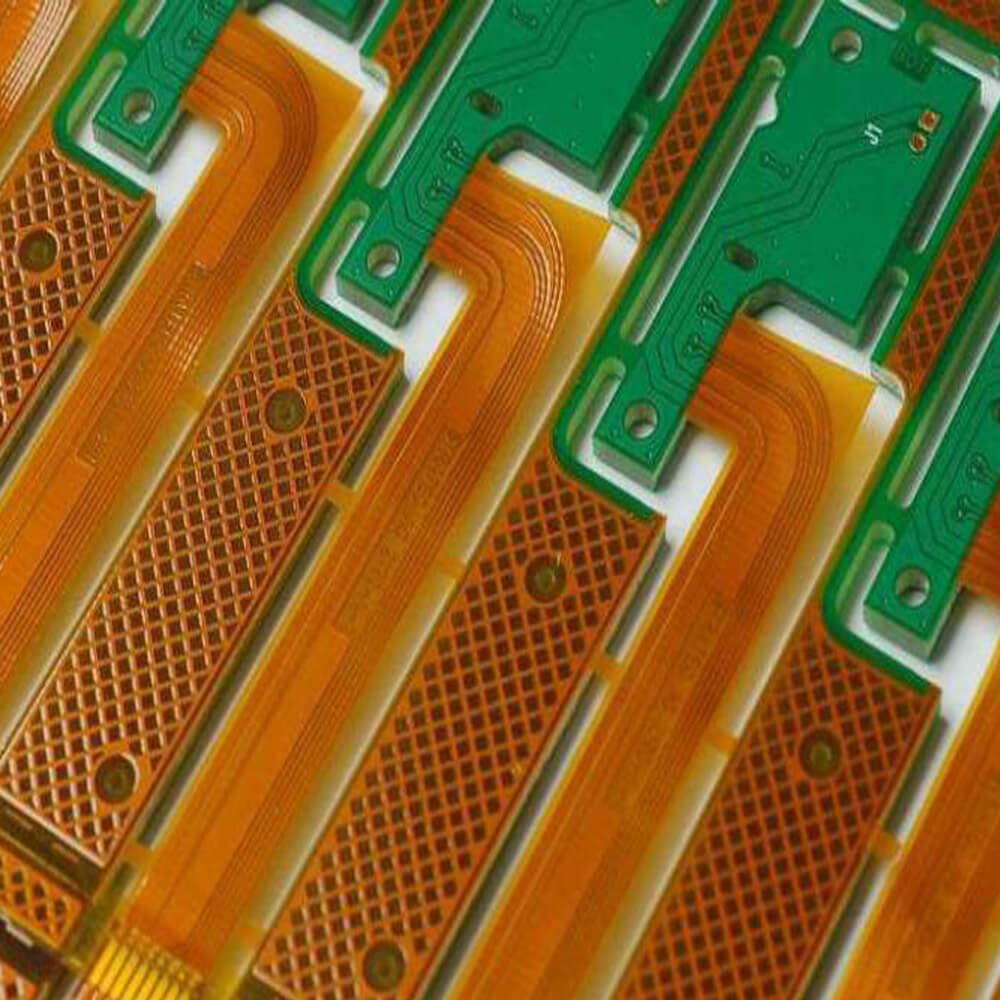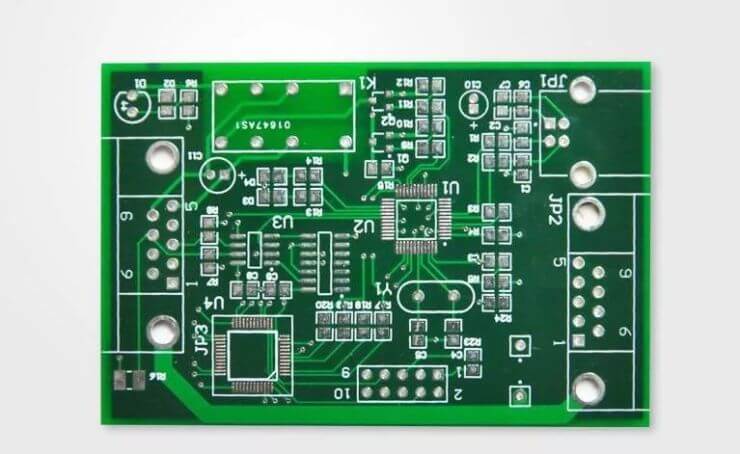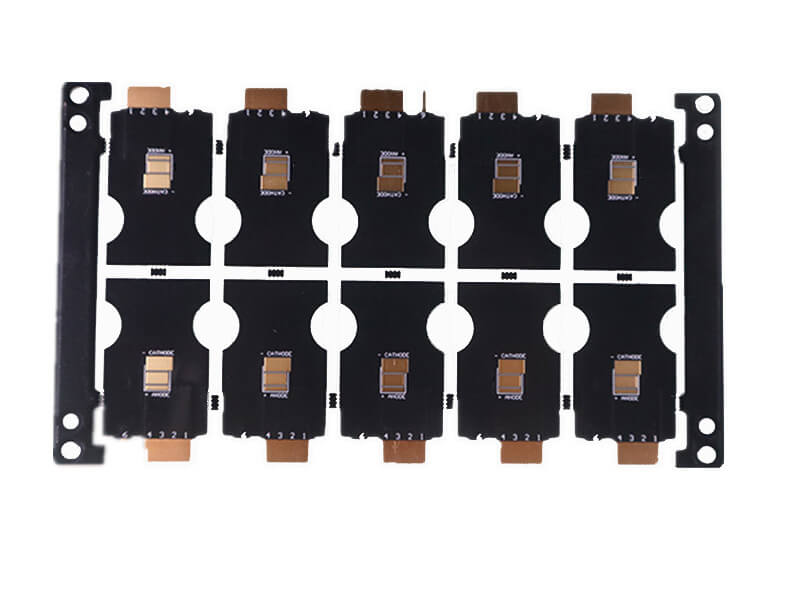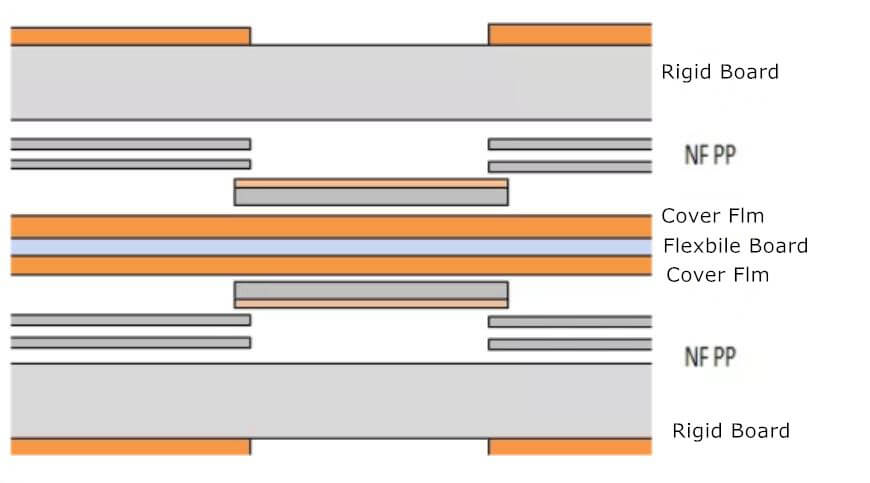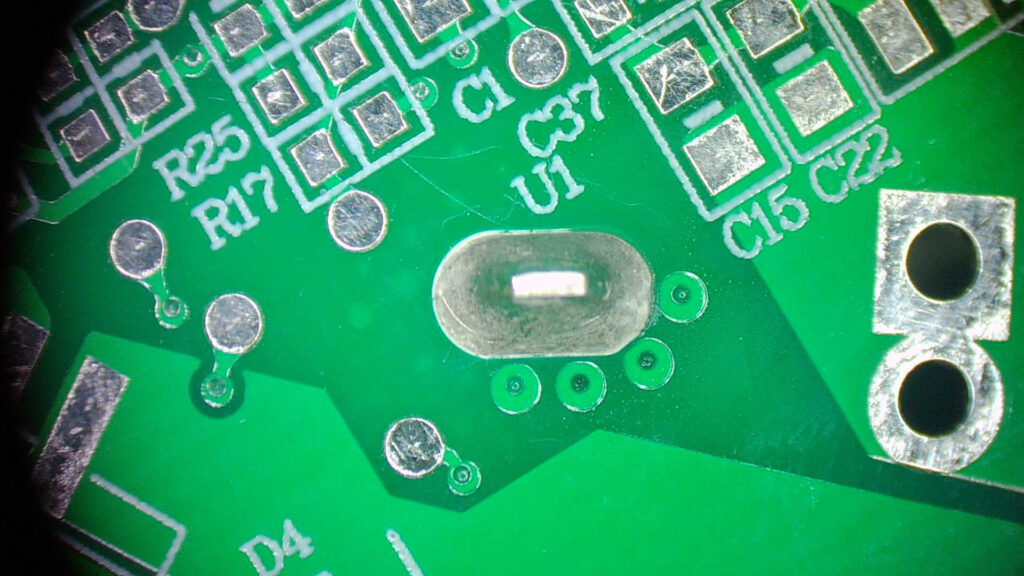Material of PCB circuit board
PCB circuit board substrates from PCB board prototyping manufacturers can be divided into several types based on quality, material, and fire rating:
- 94HB cardboard: The most common cardboard material, mostly used to make low-grade single panels, at a low price. Due to its non flame retardant effect, products with fire protection requirements such as power supplies cannot be used.
- 94V0 cardboard: A cardboard material with flame retardant properties, compared to 94HB cardboard material, with flame retardant additives added to its composition.
- 22F single sided composite substrate: single sided semi fiberglass board.
- CEM-1 single sided composite substrate: This material requires CNC drilling.
- CEM-3 double-sided composite substrate: Low end double-sided board material, belonging to semi fiberglass material.
- FR-4 epoxy resin fiberglass board: The most commonly used PCB board material.
PCB circuit board fire rating classification
According to the UL standard, the substrate combustion characteristics can be divided into the following four categories from high to low: UL-94V0, UL-94V1, UL-94V2, and UL-94HB.
Semi cured chip: used for making multi-layer PCB boards, commonly used models include 1080, 2116, 7628, and other specifications.
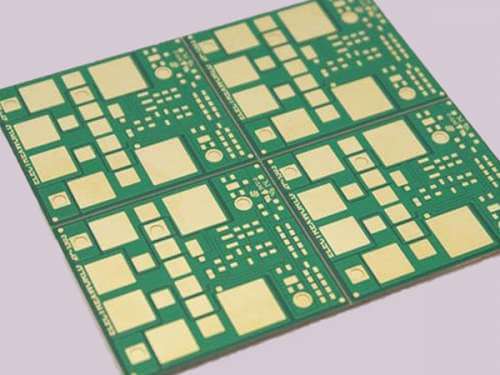
PCB Prototyping Slicing Technology
Making a good PCB prototyping slicing is fundamental to being a wet process engineer.
Some tips for slicing
- Marking
When making PCB sample slicing, you should first know that your slicing is the horizontal or vertical section of the hole, and where the problem lies. It must be marked with a colored oil pen or tape. Use an arrow to indicate the problem point. - Gluing
If there are bubbles in the hole, this slice has lost its meaning. Therefore, glue filling is the foundation for making PCB sample slices. The transparent glue used may vary, but it is nothing more than powder glue or blue white glue There is always a component that is’ dilute ‘ Before pouring glue, please ensure the cleanliness of the sample, otherwise there will definitely be bubbles. The method I use is to wipe and clean with a cotton swab dipped in acetone, or use ultrasonic cleaning. Then use a “thin” solvent for wetting Alternatively, mix the adhesive first and carefully fill the small holes with a toothpick Especially for blind holes, carefully fill them with a toothpick and then use a thicker adhesive to fill them Drying should not be done too quickly, and the temperature should not be too high Otherwise, the outer trunk is soft and the inner part is not well sliced. - Grinding and slicing
Once the slices are solidified, grinding is crucial. Generally, you can prepare at least 240 #, 600 #, 800 #, 1200 #, and 2400 # sandpaper at hand. Generally, factories have rotating grinding discs, so manual grinding is not introduced When grinding, attention should be paid to directionality, and the most taboo is to grind randomly without directionality Generally speaking, you first use coarse sandpaper to grind in one direction, and then use finer sandpaper to grind in a vertical direction. When you know that the fine sandpaper marks completely the previous sandpaper mark, you can use finer sandpaper to grind in another direction Until near the problem point When grinding, it is best to place the slices close to the center of the original disc, and try not to place them at the edges. You may want to use speed blocks, but that makes it difficult to make good slices If possible, it would be even better to use a polishing step and add alumina grinding solution after grinding at 2400 #. When holding the slice with your hand, do not use force, otherwise it may deviate from balance. Gently hold it, slowly release it, and steadily level it. - Etching
Etching is used for layering and displaying the metallic structure of copper. Generally, a hydrogen peroxide and acid system is used. The key to etching is timing This requires everyone to practice more in order to do it well My own secret is to first add a large drop to the slice, then quickly rinse it with water (pure water), or shake it dry, then wipe it with a cotton swab dipped in the medicine solution, and finally rinse it with water (pure water).

